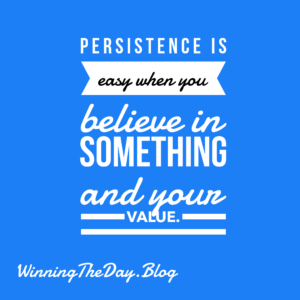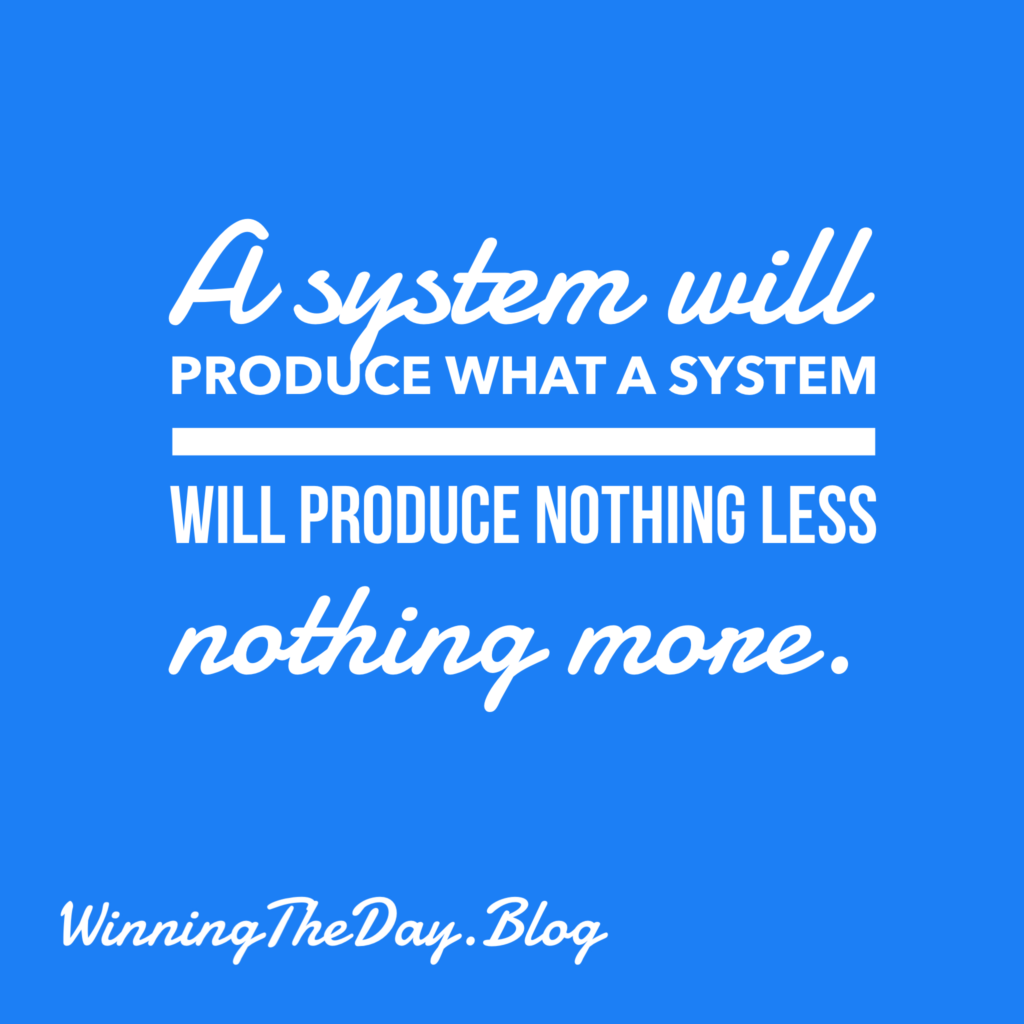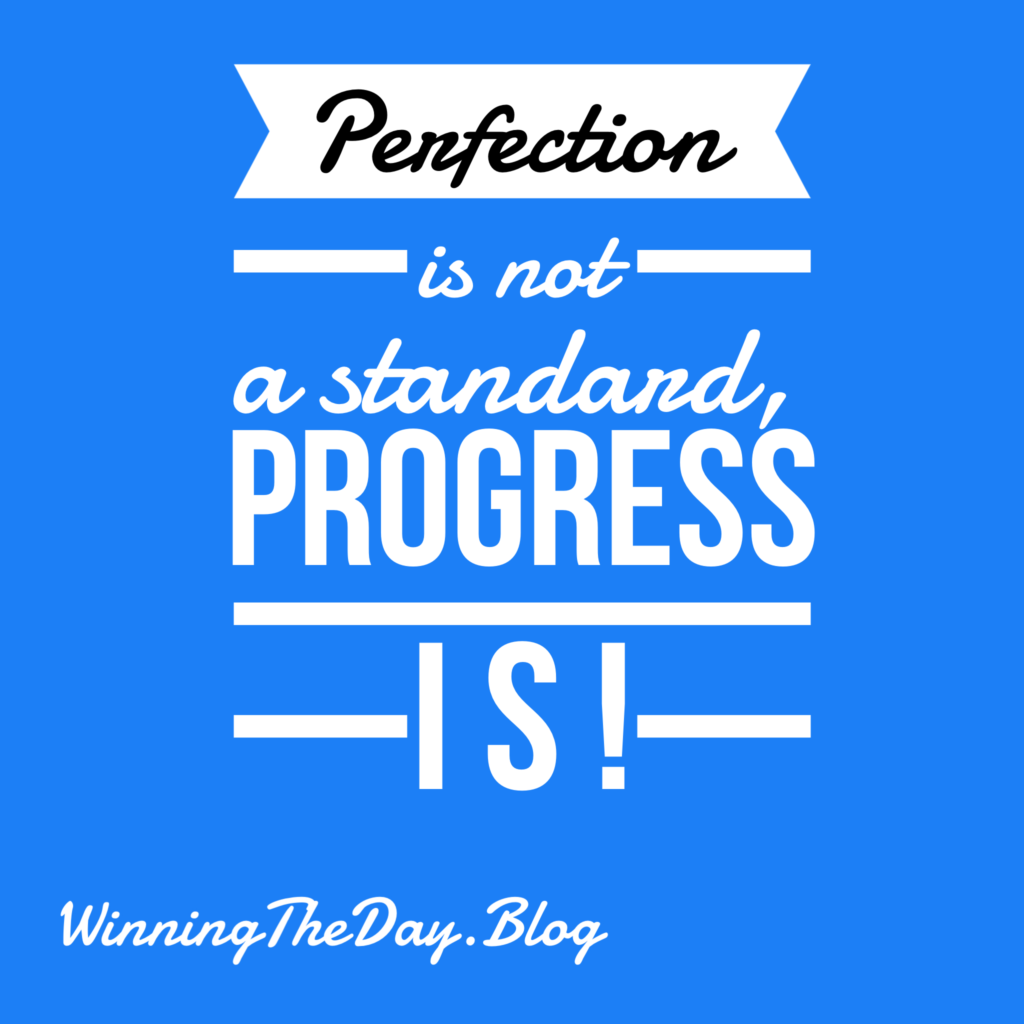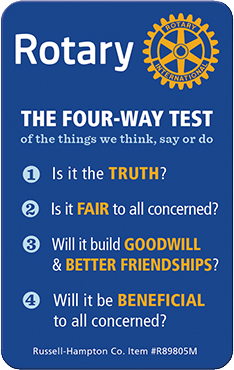For Broker-Owners, CEOs, and Top Agents like us, the 40-hour workweek is irrelevant. Our schedules are dictated by one thing: serving the client.
I was inspired by Wall Street Journal reporting by Andrew Blackman on the workweek’s history. The 40-hour standard is a 1930s relic—not a performance strategy. It’s time we acknowledge this and pivot to the real leadership challenge: What are we doing to ensure our agents do not burn out?
The Core Problem: The Unseen Cost of Client Service
We embrace the hustle, but we must confront its price.
- The Client’s Schedule is the Killer: Your clients work 9-to-5, so our crucial activities (showings, open houses, contract reviews) must happen evenings and weekends. This is non-negotiable superior service.
- The Cost of “Always On”: This dedication to the client—fueled by smartphones and a relentless market—comes at a heavy price. It entirely erases the boundary between work and home. The unavoidable result is a cycle of burnout and talent churn, damaging even your high-performing agentsand spiking replacement costs for the firm.
- The Retention Imperative: In the 1920s, companies like Ford proved that greater efficiency led to agent loyalty. We must prioritize a structure that fights burnout, making our firm the clear choice for the best talent.
The Solution: Building a Burnout-Proof Brokerage
If the Cost of “Always On” is talent churn, the solution is building systems that intentionally restore boundaries and time.
1. Tech Triage: AI as the Boundary Builder
The most effective way to protect an agent’s weekend is to eliminate their administrative chores.
- Automation is Protection: We must aggressively leverage AI and smart automation to handle lead qualification, document generation, and initial client communication outside of business hours.
- Purpose: This is not just efficiency; it’s a proactive defense against burnout, allowing agents to focus on the high-value client interaction they are needed for, not the low-value admin tasks they dread.
2. Staff Support: Designing Intentional Time-Off
Your administrative structure must directly counter the agents’ weekend sacrifice.
- The Buffer System: Can we implement client care coordinators or dedicated transaction teams whose schedules create a buffer, allowing agents to truly unplug during their scheduled time off?
- The Four-Day Option: For salaried staff, embracing the 100% output for 80% hours model (the 4-day workweek) is a powerful, proven retention tool that shows your firm values their time.
3. Culture Shift: Valuing Rest over “Busy”
As leaders, our messaging sets the tone.
- Stop Glorifying the Grind: We must actively promote, model, and reward results and efficiency over mere hours logged or visible exhaustion.
- Mandated Breaks: Encourage the use of vacation & down-time and ensure agents are protected from contact during these breaks. This demonstrates that valuing their time is a core principle, not a suggestion. For agents on a team, this is easier. For your solo agents, create a backup buddy system.
Challenge to Leadership
The 40-hour week is dead. Let it stay buried. The future of the successful brokerage is built on Efficiency, Service, and Sustainability.
Ask yourselves as leaders: Are we just watching the talent churn, or are we actively designing a system that protects our high-performing agents from the cost of “Always On”?
Be the leader who defines the New Hustle: where service is relentless, and burnout is obsolete.







